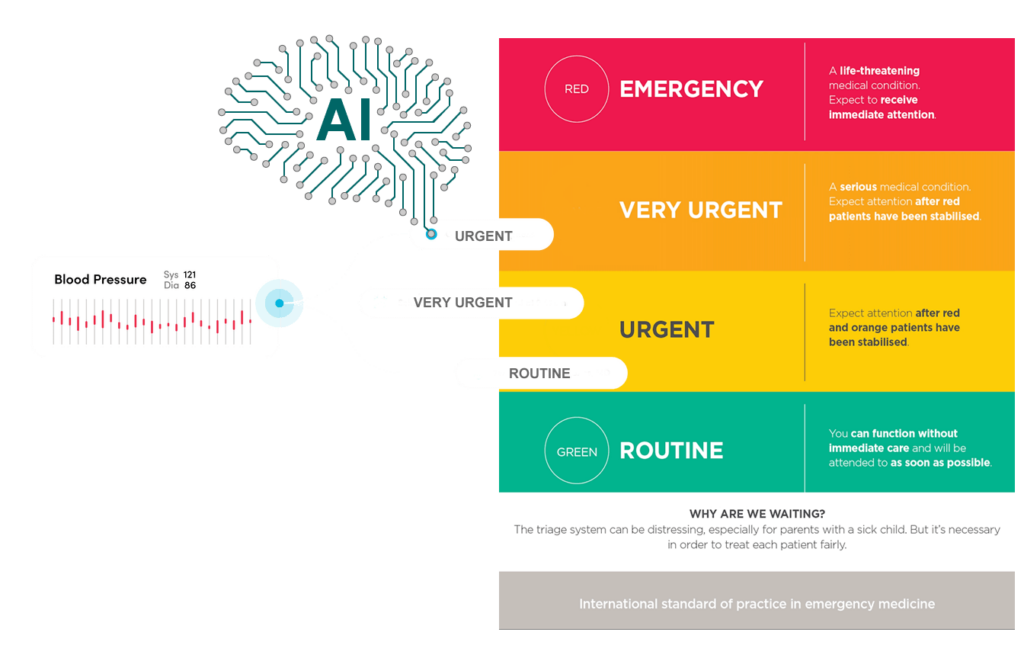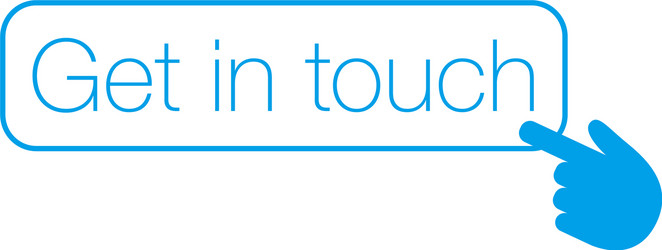ERTRIAGE DH-600

AI-Powered Emergency Triage system
ERTRIAGE DH-600 is a next-generation triage system that empowers emergency clinicians with AI-driven decision support. Designed for rapid deployment in Emergency Departments (EDs), it integrates an AI core with a medical-grade touchscreen and seamless connectivity to BLE sensors and peripheral health systems.
Developed on a secure, Android-based architecture and equipped with embedded machine learning models, the system empowers clinicians to prioritize patients with unmatched speed, accuracy, and clinical context.

The five ERTRIAGE™ AI-assisted classification categories
ERTRIAGE Core Technology



Immediate treatment needed
People who need to have treatment immediately or within two minutes are categorised as having an immediately life-threatening condition.
People in this category have the most serious and life-threatening conditions such as cardiac arrest (heart attack) or severe injuries.
Urgent treatment needed
People who need to have treatment within 10 minutes are categorised as having an imminently life-threatening condition.
People in this category could be suffering from severe chest pains, difficulty in breathing or severe fractures.
Serious condition
People who need to have treatment within 30 minutes are categorised as having a potentially life-threatening condition.
People in this category could have moderately severe pain requiring strong pain relief, heavy bleeding from cuts, major fractures or are severely dehydrated.
Moderate condition
People who need to have treatment within one hour are categorised as having a potentially serious condition.
People in this category could be vomiting or have diarrhoea without dehydration, eye inflammation, a foreign body in their eye or minor limb trauma.
Non-urgent condition
People who need to have treatment within two hours are categorised as having a less urgent condition.
People in this category may have minor illnesses or symptoms such as rashes or minor aches and pains that could also be managed by other health providers.
Key Capabilities
- Real-time triage decisions in under 180 seconds
- Guided history intake using structured clinical logic
- BLE connectivity with BP cuffs, SpO₂, ECG, thermometers
- Offline operation with on-device machine learning
- Secure cloud integration and model synchronization
AI Processing Core
- Processor: Octa-core, 4nm chipset with neural processing unit (26 TOPS)
- Memory: 8GB LPDDR5X RAM
- Storage: 256GB encrypted UFS 4.0
- Operating System: Hardened Android 13
- Security: Biometric access, secure enclave, encrypted bootloader
- Connectivity: Wi-Fi 6E, Bluetooth 5.3, optional 4G/5G
User Interface
- Display: 21.5″ IPS LCD, 1080p resolution, antimicrobial touch surface
- Touch: 10-point capacitive
- Mount: Adjustable arm for ergonomic access
- Input: USB-C with HDMI and HID overlay
Clinical Workflow
Intake & History
Structured symptom-based questioning aligned with triage protocols.
Vitals & Assessment
Connected BLE devices provide live data import; manual entry and override supported.
AI Output as advice
- Severity level (ESI 1–5)
- Priority
- Department recommendation
- Urgency flag and clinical reasoning
Documentation
Data is exportable to hospital systems via REST API, HL7, or FHIR; local PDF print supported.
Device Integration
| Device | Protocol |
|---|---|
| SpO₂ Monitor | BLE |
| Blood Pressure Cuff | BLE |
| Thermometer | Contactless / BLE |
| ECG Unit | USB |
| Barcode Scanner | BLE |
Deployment Modes
- Local: Fully offline with on-device ML engine
- Cloud: Scalable deployment with centralized model updates
- Hybrid: Automatically switches between cloud/local based on connectivity
Mobility & Power
- 5-wheel mobile base with locking casters
- Dual hot-swappable batteries and backup UPS
- Ergonomic design with adjustable height and anti-fatigue form
Compliance
- IEC 60601-1 Medical Electrical Safety
- ISO 13485 Manufacturing Quality
- HIPAA / GDPR / ISO 27001 Data Protection
- Full audit trail for AI outputs and overrides

ERTRIAGE AI system
Final Thoughts
ERTRIAGE is more than a product. It’s a platform, a tool, and a partner to the clinicians who serve on the frontlines of care. By combining AI, modern UX, secure engineering, and clinical wisdom, we’ve created a system that helps emergency teams focus on what matters most: the patient.
We believe this is the future of emergency triage—and we’re proud to have pioneered it.
